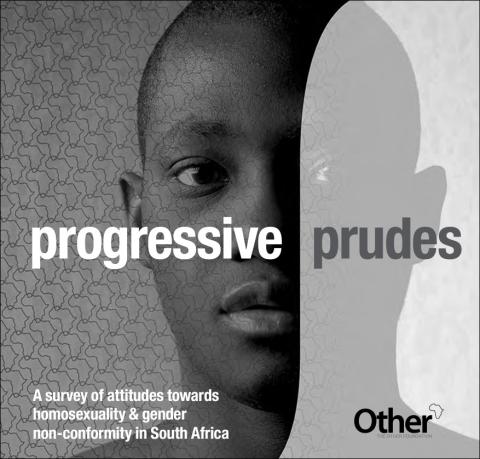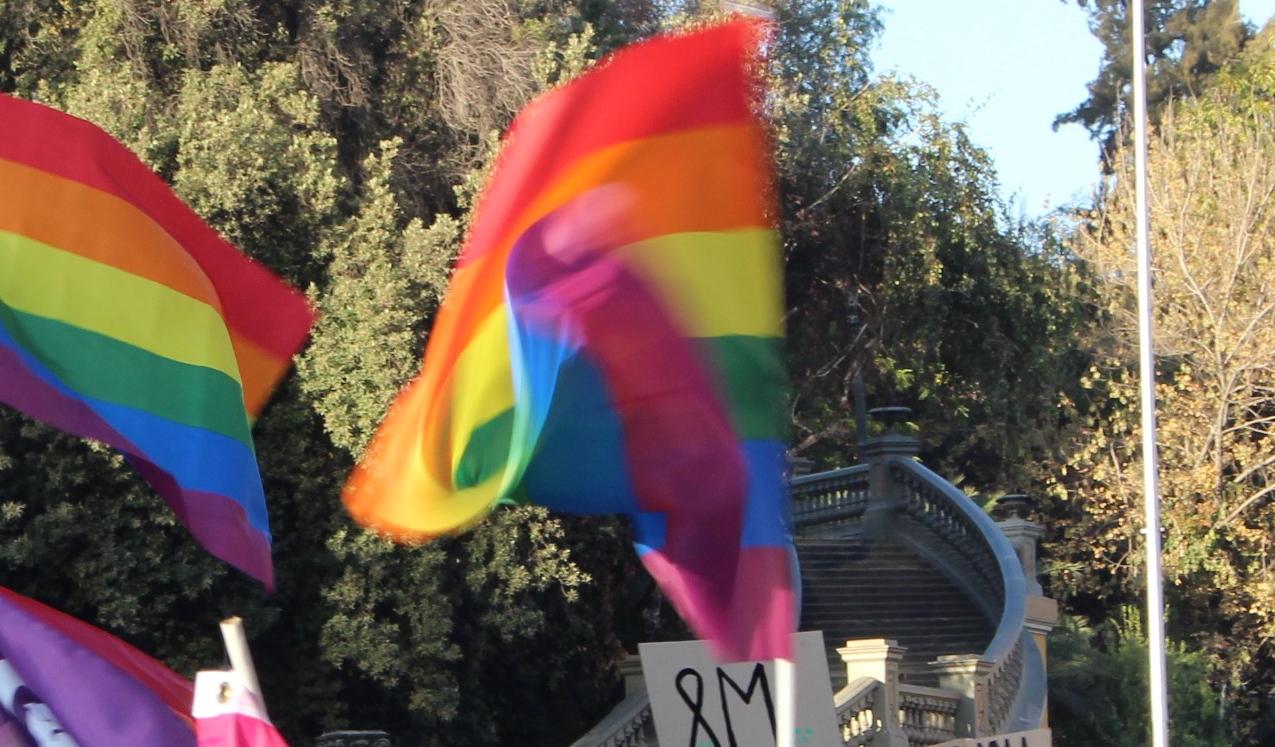
Gender norms and LGBTQI+ people
Sexual orientation and gender identity are related to gender norms in a number of ways. LGBTQI+ people are often considered to break or transgress gender norms by not performing masculinity or femininity in expected ways. Breaking gender norms can be perceived as a threat, which can be punished through social sanctions, sometimes taking the form of gender-based violence (GBV). LGBTQI+ people are at high risk of violence, isolation, family estrangement, and poverty as a result of social stigma stemming from expectations of heterosexuality. For some LGBTQI+ people, upholding gender norms becomes necessary as a form of survival. Fitting in with social and gender norms of appearance and behaviour as much as possible can help others to accept, or overlook, non-normative sexuality.
More positively, LGBTQI+ people who push the boundaries of binary gender can challenge gender norms to bend or break, expanding acceptance of diversity and transforming social perceptions of what men and women should be. Changing discriminatory attitudes to become more accepting of different sexualities and genders is an example of norm change. Including a gender norms approach allows us to challenge deep-seated assumptions about what is considered ‘normal’ in sexuality and gender identity.
Below you will find publications by ALIGN and the wider ALIGN community of practice on gender norms and LGBTQI+ people. ALIGN's content includes an extensive guide on the subject as well as various reports and blogs.
ALIGN-produced content
ALIGN guide
17 January 2019

Published by: ALIGN
Briefing paper
5 November 2025

Toolkit
22 September 2025

Blog
19 December 2024

Report
4 September 2024
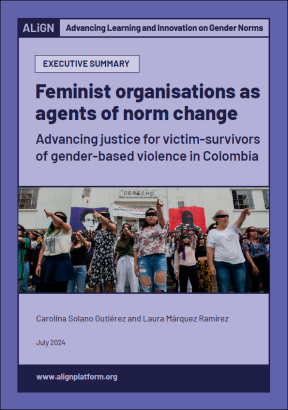
Report
17 July 2024
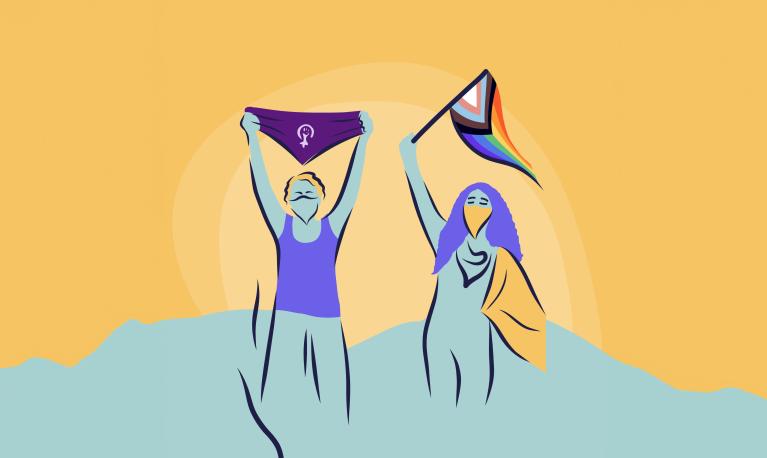
Blog
27 June 2024
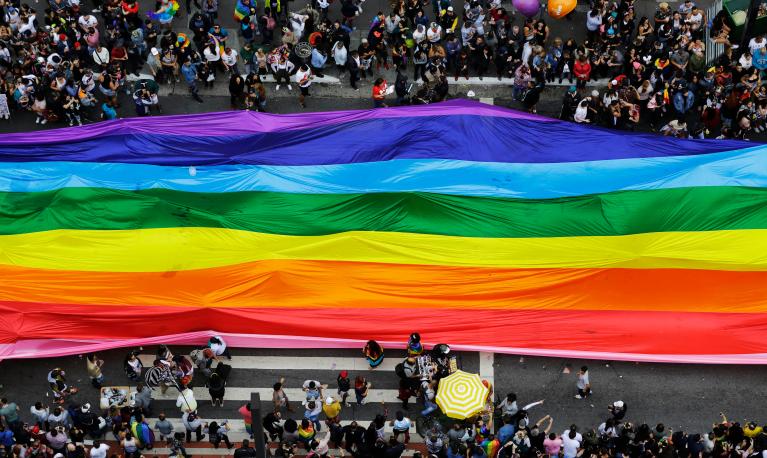
Blog
8 January 2024

Blog
14 December 2023

Blog
23 August 2023
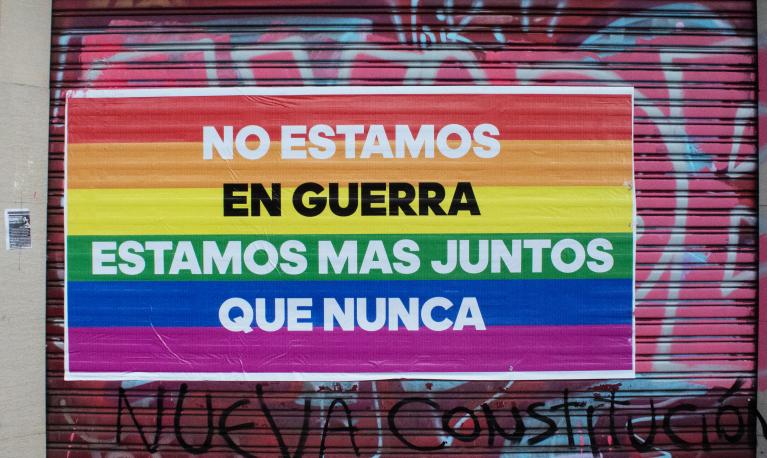
Blog
9 February 2023

Blog
5 January 2023

Diagram/Infographic
1 April 2022

Briefing paper
19 August 2021
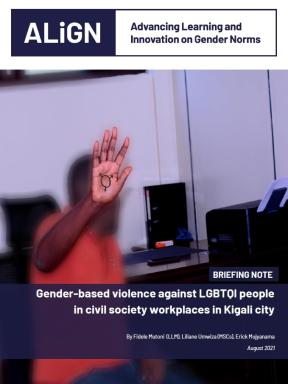
Upcoming research
We are currently undertaking research on the following themes:
Through 2024-25, ALIGN will produce research exploring how diverse sexualities and gender identities interact with gender norms. In particular, we will examine how LGBTQI+ social movements are responding to the anti-gender backlash in many regions of the world. How are activists mobilising to protect LGBTQI+ rights? In partnership with LGBTQI+ communities, we plan to deepen knowledge of how gender norms and ideas about gender, influence the key areas of contestation for contemporary LGBTQI+ activism.
Content from the ALIGN community
Report
1 January 2024
Published by: The Other Foundation

Report
1 January 2024
Published by: The Other Foundation
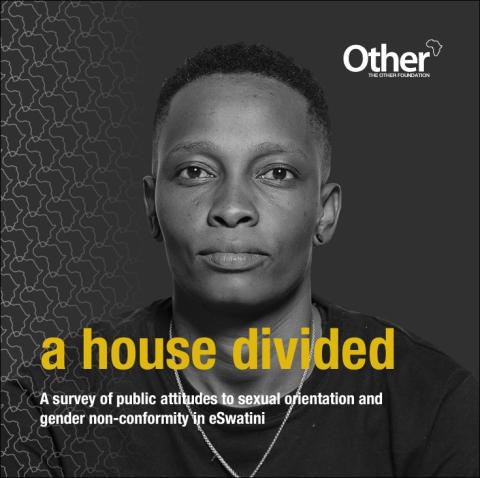
Report
1 January 2024
Published by: The Other Foundation
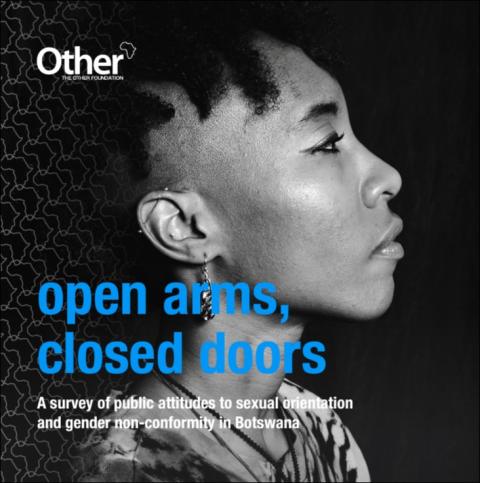
Journal article
30 August 2023
Published by: Sexualities Journal
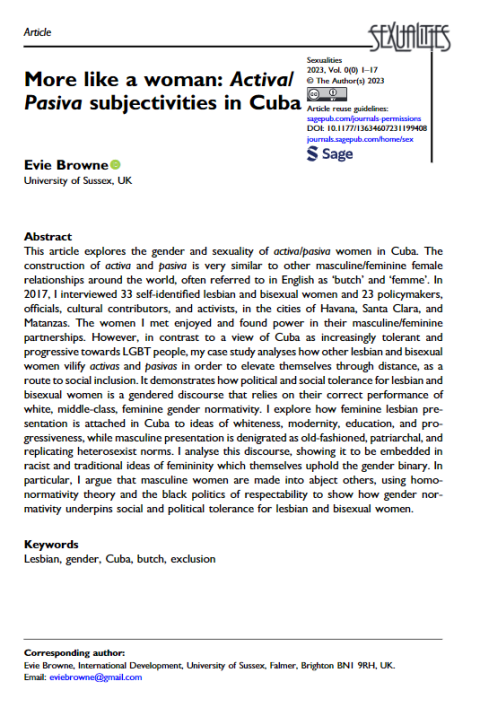
Blog
7 July 2023
Published by: ODI Global
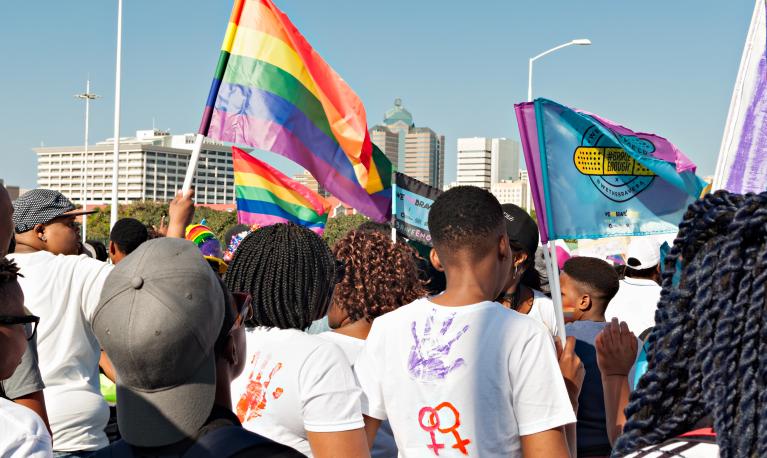
Briefing paper
1 September 2022
Published by: What Works to Prevent Violence

Journal article
22 July 2022
Published by: The journal of feminist geography
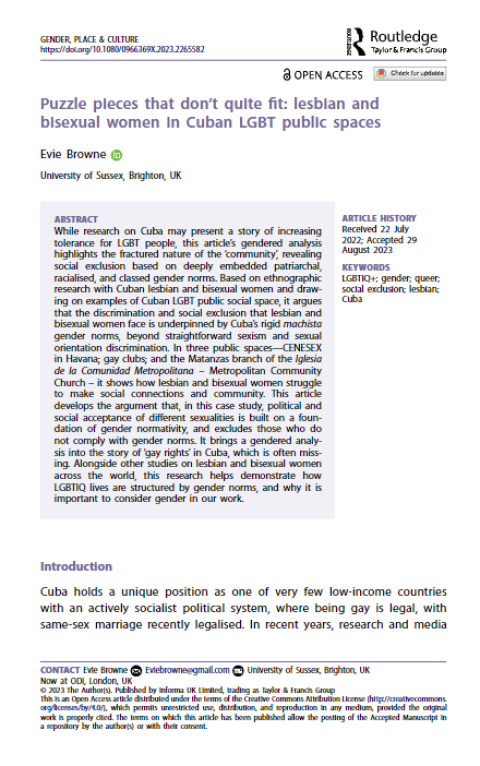
Biblio/Lit. review
16 June 2021
Published by: ODI Global

Toolkit
31 May 2021
Published by: African Women's Development Fund
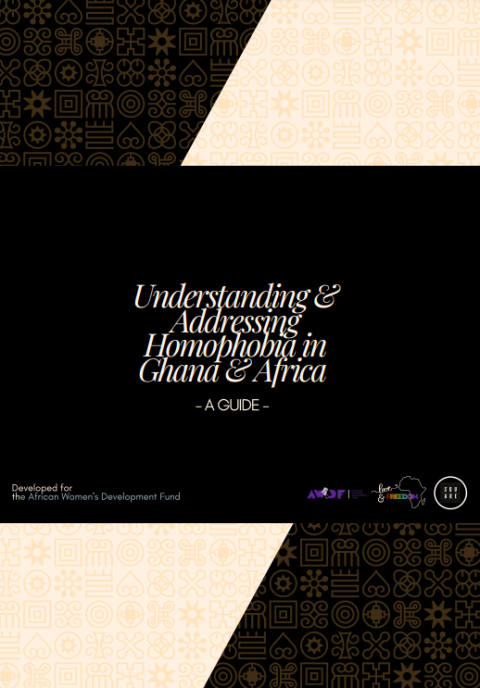
Briefing paper
1 December 2019
Published by: ODI Global
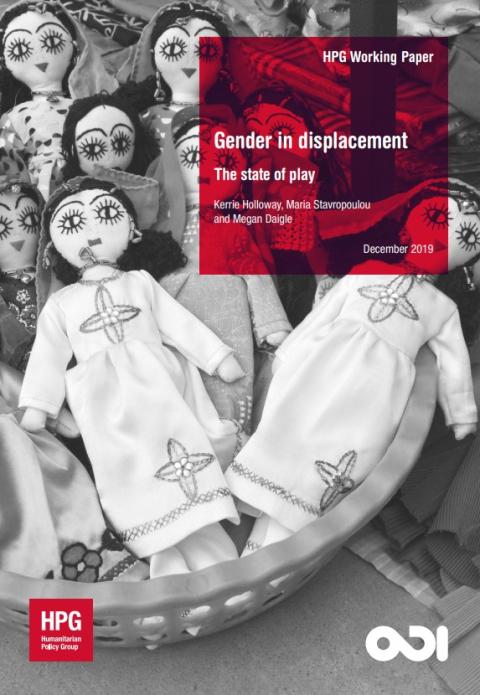
Report
1 January 2019
Published by: The Other Foundation

Report
22 January 2025
Published by: The Other Foundation
